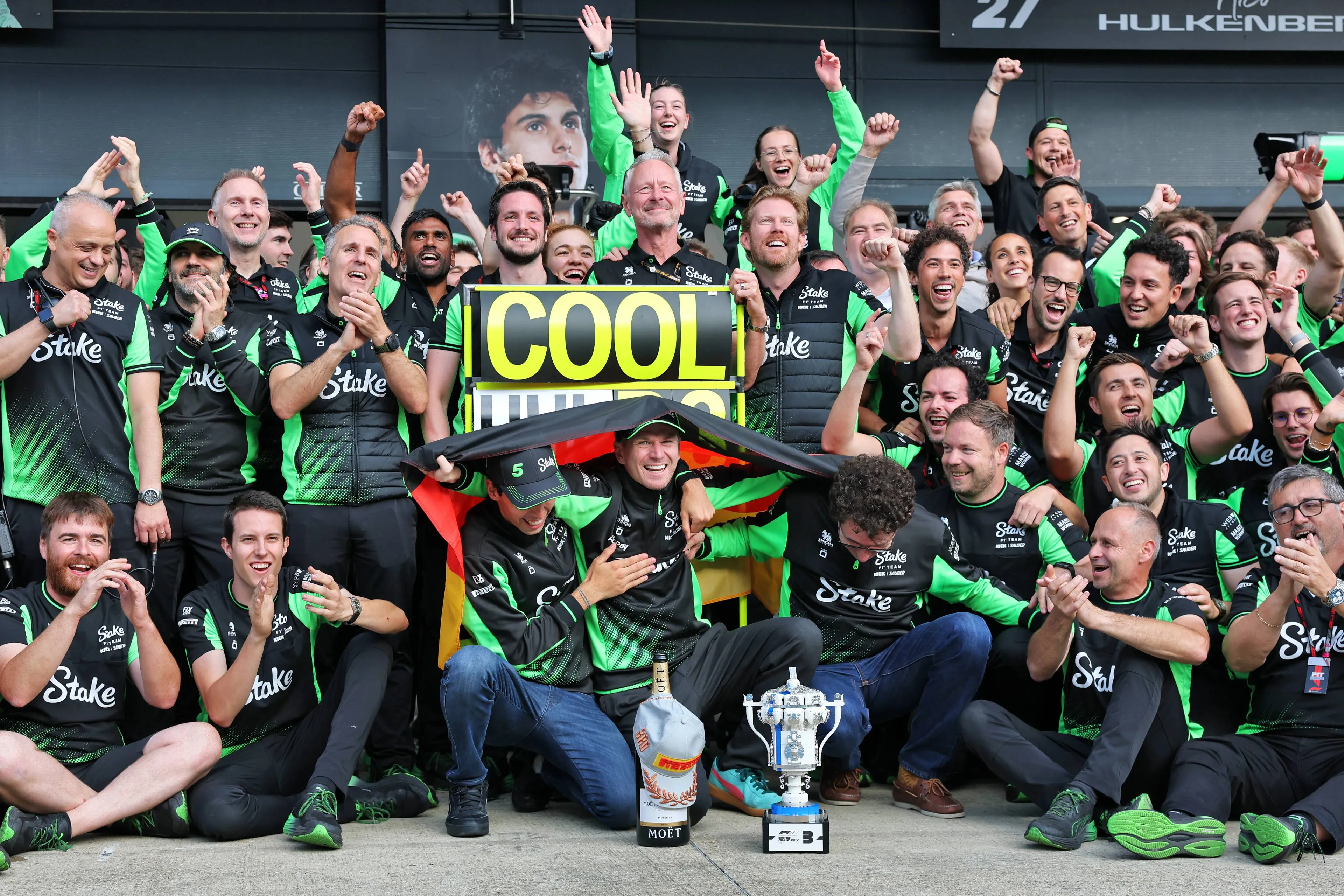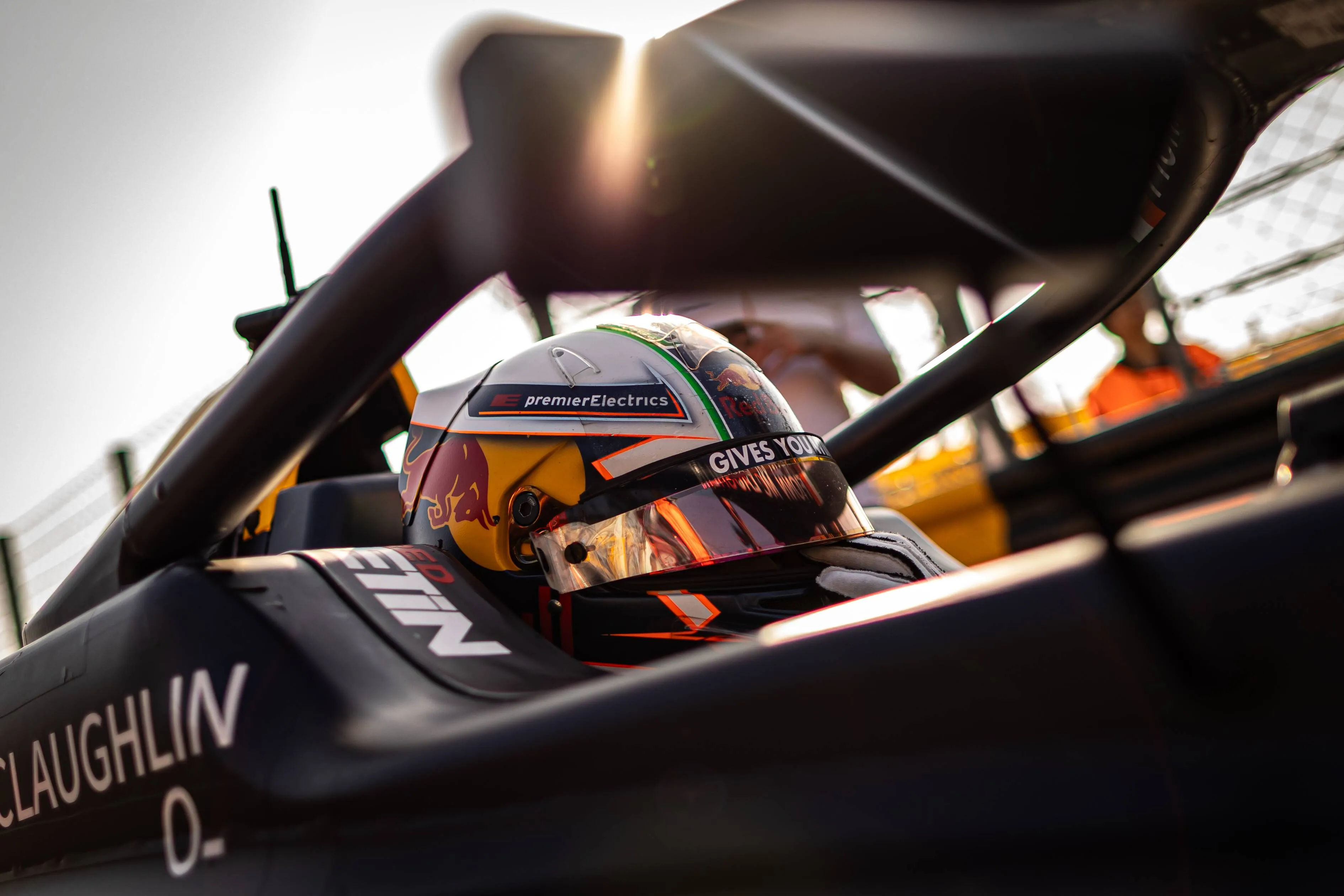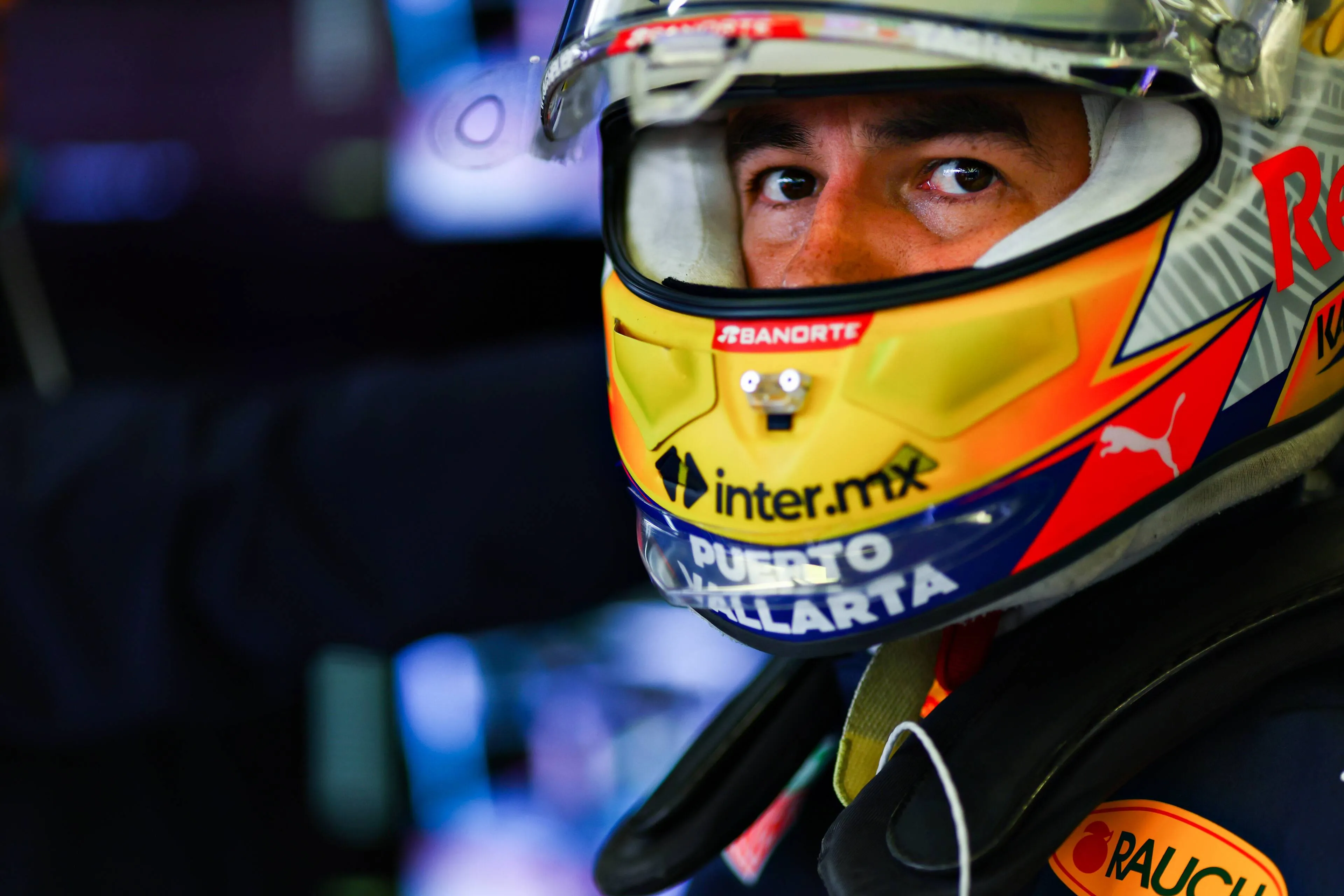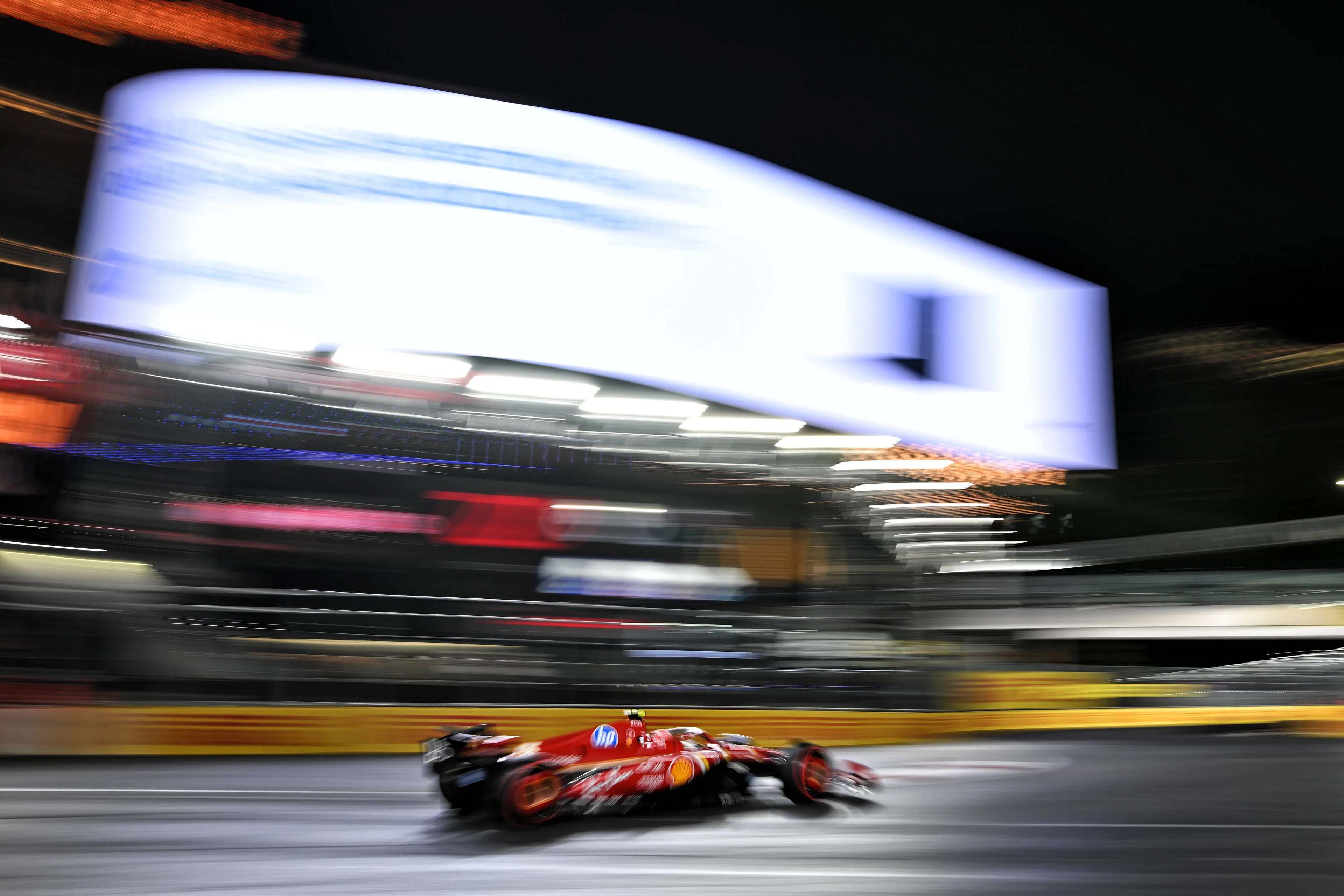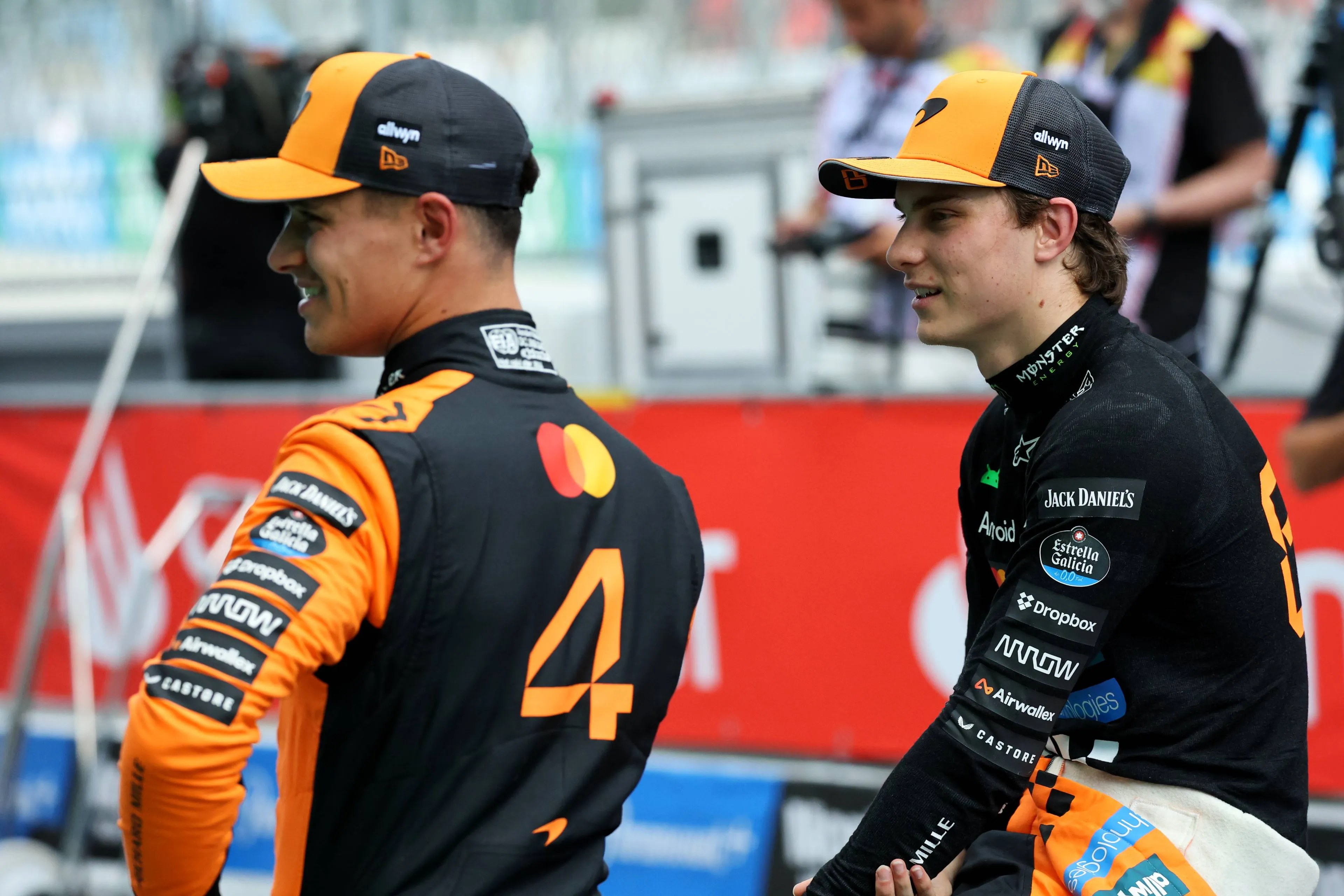
Photo: Audi MediaCenter
F1 Tech | Everything you need to know about 2026 F1 cars
12:00, 16 Nov
1 Comments
2026 cars will completely redefine how F1 works, not only from the driver’s perspective, but especially from the technical point of view.
With just three races left in the 2025 F1 season, all teams are focused on the biggest technical revolution the history of the sport has ever seen: the introduction of smaller cars compared to the actual ones, powered by a 50/50 electrical and combustion engine. The changes will concerns 4 major areas: the engine, the brakes, the aerodynamics and the dimensions of the cars.
1. The engine
Starting from the engine, a big revolution is happening in 2026: since 2014, F1 cars have been powered by hybrid units, a combination of an internal combustion engine (ICE) and two electrical motor generators, the MGU-K, designed to recover the energy from the braking phase and the MGU-H, designed to recover the energy from the turbo.
With the current cars, only the 18% of the total power comes from the electrical side, with the remaining 82% coming from the combustion of the fuel. In terms of numbers, the actual ICE generates around 550 kW of power, with the electrical side producing just about 120 kW.
With the 2026 regulations, the MGU-H will disappear and the power will be split 50/50 between the electrical side and the combustion side: the engine will generate around 400 kW, while the MGU-K will produce 350 kW, an increase of almost 300%.

2026 F1 car's rendering by the FIA - Image: FIA
Despite this big rise in electrical power, the maximum charge of the battery will stay at 4 MJ, meaning that a fully charged battery will be depleted three times faster. To help feed the need of more electrical power, the 2026 cars’ engine will be able to recover 8.5 MJ per lap of energy under braking, compared to the actual 2 MJ.
Due to the absence of the MGU-H, which harvested energy from the turbo, energy will need to be recovered only from the braking phase, when kinetic energy is converted into electrical energy and recharges the battery. This means that drivers will need to brake more often and strategically: a crucial strategy would be for drivers to adopt lower gears mid corners, to increase the rpm, having more kinetic energy translated into electrical energy to charge the battery.
This means that the speed mid corner will probably be lower than with today’s cars, but will allow drivers to have more energy available (and thus a higher speed) on the straights, fundamental for defending and attacking during the race.
Another issue that emerged in the simulations ran by all teams was that on specific tracks, like Monza or Spa-Francorchamps, which are characterised by very long straights, the driver had to downshift on the straight while at full gas to allow the battery to recover some energy.
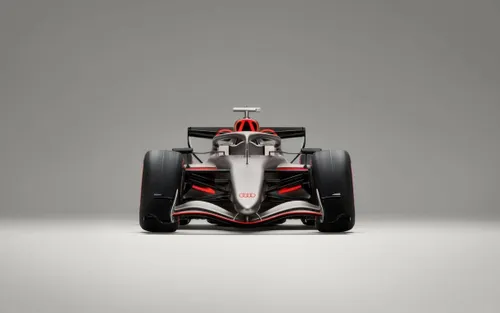
Rendering of the 2026 Audi's F1 car - Photo: Audi MediaCenter
As a consequence, the FIA introduced the Power Ramp Down System: at high demand tracks, the electrical power fades at 50 kW/s, taking it 7 seconds to go from 350 kW to 0 kW, compared to the 100 kW/s fade on more less demanding layouts, like Hungary or Spain, meaning a 3.5 second drain.
On the 2026 cars, the DRS system will be replaced by the Manual Override System (a very similar solution to the one adopted in Formula E): if a driver is within a specific range of the car in front (the distance will be decided by the FIA from track to track), he’ll have an additional battery deployment of about 0.5 MJ to use for the following lap to attack the car in front. He’ll be allowed to activate this extra power anywhere on the track, as long as he’s on full throttle for more than 3 seconds.
The last important change related on the engine is that from 2026 all teams will use 100% sustainable fuels (also known as biofuels), to reduce the emissions.
These fuels are synthetic and made from non-fossil sources such as bio waste or carbon capture and are designed to be also usable on normal road vehicles. This decision aligns with the Formula 1?s interest in leading the way towards a reduced carbon footprint by 2030.
Read also
2. The brakes
Moving now on to analyse the changes related to the brakes, due to the difference in terms of driving-style required by the 2026 cars, Brembo and Carbon Industries (the two main suppliers of brake discs and callipers in F1 will adapt their products to the new generation of single-seaters.
The front brake rotors will have a diameter between 325 mm and 345 mm, while the rear’s diameter will vary between 260mm and 280mm. All discs will need to have a maximum thickness of 34 mm and, due to the importance of braking for energy recovering, most team are likely to adopt bigger discs on the front axle and smaller on the rear axle. Dimension will also play a crucial role also on the weight point of view and all teams will focus on the best compromise between performance and efficiency.
Read also
However, since drivers will take advantage of engine braking through slow speed corners, the rear discs won’t work as much as they do with the current generation of cars and thus they could need smaller ducts and less air for cooling, improving the overall efficiency of the car.
3. The aerodynamics
For what concerns the aerodynamics side, cars will look completely different from today’s cars: with the return of the flat floor, ground effect will disappear after just 4 years after being re-introduced.
The use of a flat floor and a low-powered diffuser, will allow teams to adopt higher ride heights without losing performance, consequentially avoiding crucial issues like proposing or bottoming, which revealed extremely limiting for the current generation of cars.
The disappearing of the Venturi channels will also allow engineers to run way softer mechanical set-ups, without worrying about issues from an aerodynamic point of view: this will translate in more predictable cars, less sensitive to changes in temperatures or conditions.
Moreover, cars will also have new front and rear wings design: the front wing will have a more curve trend compared to the actual version and will have 2 flaps, while the rear wing will sport 3 elements, with the beam wing being removed.
The new redesign of both wings is related to the introduction of two new specific modes: the X-mode and the Z-mode. At high speed, i.e. on the straights and on all fast sections, drivers will be allowed to use a similar DRS system on both the front wing and rear wing, to run closer to the car in front (called the X-mode).
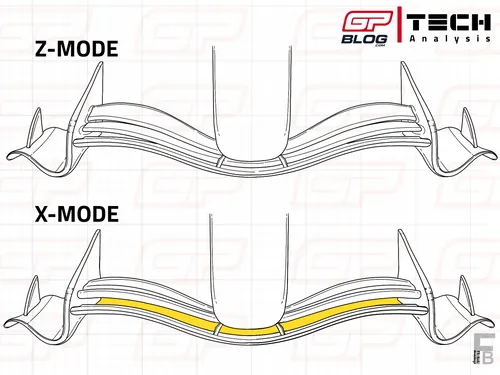
X-mode and Z-mode on the front wing of a 2026 F1 car - Image: Francesco Bianchi
Through corners, instead, the front and rear flaps close, generating the downforce necessary to go through the corner without crashing (this mode is called the Z-mode).
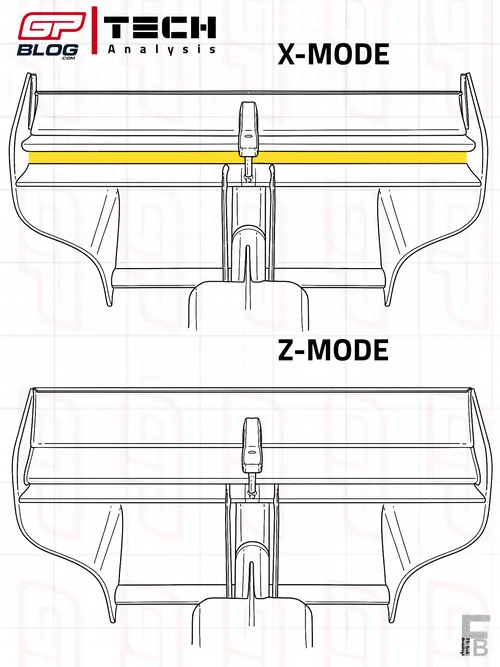
X-mode and Z-mode on the rear wing of a 2026 F1 car - Image: Francesco Bianchi
The decision to introduce these two different modes is also related to the adoption of a 50/50 engine: since the battery could be empty midway through a straight, having less drag thanks to the open DRS may allow drivers to defend more easily from the car being, without experiencing a significant clipping.
Last but not least, cars will also show off a vertical board just behind the front wheels to direct the front wheel wake, preventing it from being sucked under the floor, as that could cause significant load loss.
4. The car's size
The last significant change for the 2026 cars will concern the dimensions and the weight: compared to today’s cars, the new cars will be 200mm shorter, with a wheelbase reduced to 3400mm, with the with reducing to 1900mm, compared to the actual 2000mm. The floor’s length has also been reduced of 150mm in the new generation of cars.
Not only the bodywork will face major dimension changes, but also the tyres: while keeping 18-inch compounds, Pirelli’s 2026 front tyres will be 25mm narrower, with the rears 30mm narrower compared to the current rear tyres.
For what concerns the weight, the 2026 cars are set to have a minimum weight of 768 kg, compared to the ground effect’s 798 kg. The FIA also estimates that the downforce generated by the new generation of cars will reduce of about 30%, while the drag will also decrease of the 55%, allowing the new cars to reach way higher speeds on the straights.
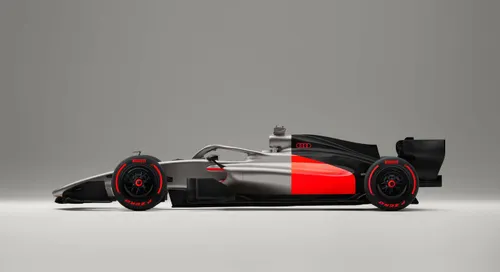
Lateral view of a 2026 car concept - Photo: Audi MediaCenter
Beyond all these specific numbers and technical data, 2026 cars will be quite difficult to understand, especially during the first year of regulations: the very complicated working of the electrical engine and the recharge of the battery will make “strategic driving” quicker than just “pure driving”, especially in race pace conditions.
This might affect the way races unfold, as specific Power Units could be advantaged over others. Moreover, it’ll also be interesting to understand the impact of the aerodynamic changes on overtaking, as the possibility to attack or defend will strictly depend on the battery’s level of both drivers (the one attacking and the one defending), with the smarter that could come out on top of a battle.
In conclusion, the new changes have all the ingredients to create and interesting yet difficult Championship, even though the tracks’ response to this new generation of cars could hide some mysterious surprise.
Read also
Read more about:
Rumors
Popular on GPBlog

1
F1 makes it official: Hamilton can swap number 44 come 2026
19680 times read

2
Norris breaks 30-year Schumacher record as he extends winning run
11749 times read

3
F1 Today | Norris breaks Schumacher record, as Hamilton can now swap 44 number
8780 times read

4
Verstappen GT success helps trigger unprecedented rule change
1125 times read
Loading

